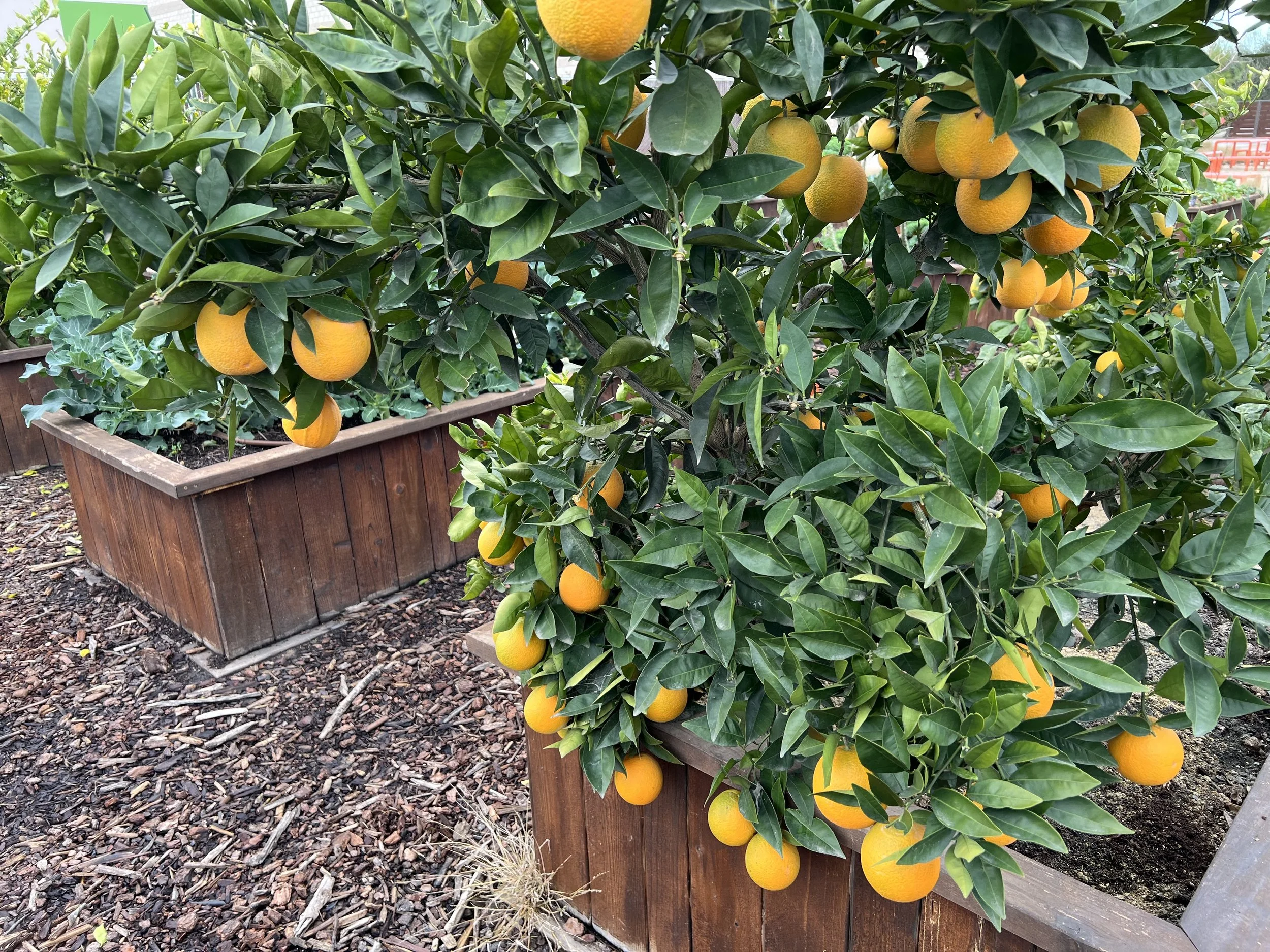How to Prune Fruit Trees: Summer Techniques for Small Yards
Summer pruning is one of the most effective ways to maximize fruit production in limited space. Whether you're growing dwarf varieties or trying to fit more trees into your backyard, understanding how to properly summer prune fruit trees can transform your small yard into a productive orchard.
Why Summer Is the Perfect Time to Prune Fruit Trees
Stone fruits, for example, must be pruned in midsummer to avoid infection by silver leaf disease, making summer an essential pruning season. Unlike dormant season pruning, summer pruning helps control tree size while the tree is actively growing, making it ideal for homeowners with space constraints.
Summer pruning offers several advantages for small-space fruit growing:
Controls tree size and vigor more effectively than winter pruning
Redirects energy to fruit production rather than excessive vegetative growth
Allows better light penetration for improved fruit quality
Enables precise shaping for espalier and other space-saving techniques
Essential Tools for How to Prune Fruit Trees
Before learning how to prune fruit trees properly, grab these essential tools:
Sharp, clean bypass pruners for branches up to 1 inch
Loppers for branches 1-2 inches thick
Handsaw for larger branches
Disinfectant (bleach or rubbing alcohol) for tool cleaning
Protective personal protection (PPE) like eyewear and gloves
Always use sharp, clean tools to make precise cuts and minimize damage. Make sure to clean tools between trees to prevent disease transmission.
Step-by-Step Guide: How to Prune Fruit Trees in Summer
1. Start with the Four D's
Remove any branches that are:
Dead
Diseased
Damaged
Duplicated (competing leaders)
2. Open the Center
Create an open center by removing inward-growing branches. This improves air circulation and light penetration, critical for fruit quality and disease prevention. However, don’t do this for citrus. You want to keep it dense and shrubby to protect from sunburn.
3. Control Height and Spread
Shorten the lead shoot by half just after a leaf node to encourage branching, then cut back side shoots to 2-3 buds from the base of the current season's growth. This technique keeps trees compact while encouraging fruiting spurs.
4. Thin Overcrowded Areas
Remove crossing branches and those growing toward the center. Maintain 6-8 inches between major branches to ensure adequate light reaches all fruit.
Maximizing Space: How to Prune Fruit Trees for Small Yards
Dwarf Varieties Are Your Best Friend
Many dwarf fruit trees are available that fit well in compact landscapes. These naturally smaller trees require less aggressive pruning while still producing full-sized fruit.
Espalier Techniques
Espalier is the ancient technique of pruning and tying growing tree branches against a wall, fence, or trellis. This method allows you to grow fruit trees in spaces as narrow as 18 inches.
High-Density Planting
When you understand how to prune fruit trees correctly, you can plant them closer together. You can plant trees as close as three feet from each other if you commit to summer prune them. Dwarf trees can help maximize the use of garden space by allowing for multiple plantings.
Specific Techniques for Common Fruit Trees
Apple and Pear Trees
Summer is ideal for training these trees. Focus on developing horizontal branches, which produce more fruit than vertical ones. The Royal Horticultural Society provides excellent detailed guidance on summer pruning techniques for apples and pears.
Stone Fruits (Peaches, Plums, Cherries)
All stone fruits must be pruned in midsummer to avoid infection by silver leaf disease. Keep pruning minimal once the framework is established, focusing on removing water sprouts and maintaining shape.
Citrus Trees
For those in warmer climates, summer pruning helps maintain size while improving fruit quality. Remove suckers and maintain an a shrubby growth structure to protect stems and fruits from sunburn.
Common Mistakes When Learning How to Prune Fruit Trees
Avoid these frequent errors:
Over-pruning, which can stress the tree and reduce fruit production
Pruning during wet weather, which increases disease risk
Forgetting to disinfect tools between trees
Removing too many fruit-bearing spurs
Pruning at the wrong time for your specific fruit variety
Aftercare and Maintenance
After pruning, proper care ensures your trees recover quickly:
Water in frequent short bursts, aka pulse irrigation
Apply balanced fertilizer if needed
Monitor for signs of stress or disease
Mulch around the base with compost or wood chips to retain moisture
Planning Your Small-Space Orchard
Understanding how to prune fruit trees is just one aspect of successful small-space fruit growing. Consider these additional factors:
Choose disease-resistant varieties and/or rootstocks suited to your climate
Plan for pollination requirements (One or more varieties of the type of fruit tree)
Consider planting different varieties with different harvest seasons for extended harvests
Integrate with other garden elements like raised beds
Professional Advice on How to Summer Prune Fruit Trees
While basic pruning is manageable for most homeowners, certain situations require professional expertise:
Large, overgrown trees that haven't been pruned in years
Trees showing signs of disease or pest damage
Complex espalier or specialized training techniques
Safety concerns with tall trees or power lines
Conclusion
Mastering how to prune fruit trees in summer opens up possibilities for productive fruit growing in even the smallest spaces. By controlling tree size, improving fruit quality, and maximizing yield, summer pruning lets you enjoy homegrown fruit without requiring a large yard.
Remember that proper pruning is both an art and a science. Each cut should have a purpose, whether it's improving light penetration, controlling size, or encouraging fruit production. With practice and patience, you'll develop the skills to maintain healthy, productive fruit trees in any space.
For additional resources on fruit tree care, Penn State Extension offers comprehensive information on seasonal pruning considerations.
Ready to transform your small yard into a productive orchard? Our expert gardeners can help you develop a customized pruning and planting plan adapted to your specific space and goals. Schedule your garden consultation today and start enjoying fresh, homegrown fruit sooner than you thought possible.

